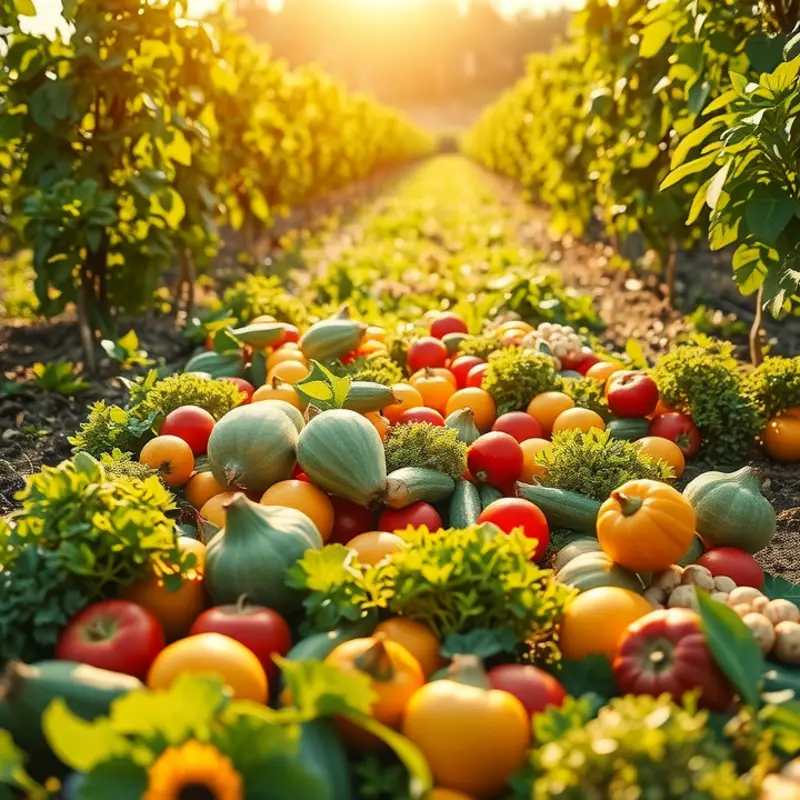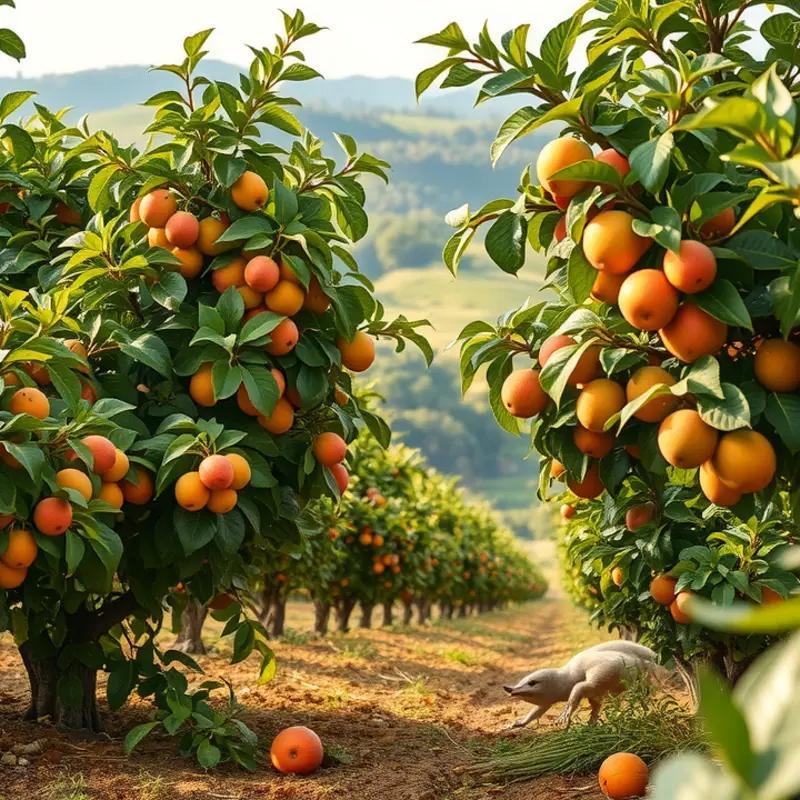Keeping food fresh is crucial to reducing waste and ensuring healthy meals. By implementing effective storage and management techniques, you can extend the life of your groceries while protecting your family’s health. This guide offers straightforward tips tailored for anyone looking to enhance their food preservation skills.
Smart Storage Solutions

Mastering the art of food freshness begins with understanding how to store different types of food properly. Every food category has its unique storage requirements, and paying attention to these can significantly extend the lifespan of your ingredients, reducing waste and maintaining nutrition.
Temperature and humidity are crucial factors in food storage. Refrigerators should ideally maintain a temperature of 37°F (about 3°C) to slow bacterial growth, while freezers should be set at 0°F (-18°C) to halt it altogether. Most fruits and vegetables thrive in moderate humidity, but greens benefit from higher humidity levels. Consider using the designated drawers in your refrigerator to control these conditions better. For example, one drawer can hold greens and root vegetables at higher humidity, while another drawer with a lower humidity setting can store fruits.
Storage containers can dramatically affect food longevity. Airtight containers are essential for dry goods to prevent exposure to moisture, mold, and pests. For refrigerated items, glass containers with tight lids can prevent odors from transferring while sealing in freshness. Avoid overcrowding your fridge, as this can impede air circulation and lead to uneven cooling.
Organizing your pantry effectively will help prevent nearby odors and flavors from mingling, which can spoil food. Keep herbs, spices, and shelf-stable foods like canned goods in cool, dark areas to retain their flavor integrity. Grouping items by type or frequency of use can also promote efficient food rotation, ensuring older items are used before newer purchases.
Labeling and dating are habits that can transform your storage strategy. Clearly marked dates on perishable items remind you of when they were stored or when they should be consumed by. For more structured maintenance, consider making an inventory list for your freezer and pantry. This practice not only helps in tracking what you have on hand but also assists in meal planning and minimizing unnecessary purchases. This method is illustrated in this post on ingredient batching.
Finally, ensure an efficient rotation of your food supply with a first-in, first-out (FIFO) system. This approach avoids letting older items languish at the back of the cupboard or fridge, reducing the risk of spoilage. By reevaluating your storage solutions and applying these informed strategies, you’ll foster a kitchen environment that values sustainability and nutrition.
Food Management Techniques

To extend the life of your groceries and ensure they are used before they spoil, effective food management techniques are essential. A starting point is meal planning, a crucial habit that can streamline your cooking routine and help prevent food waste. Planning meals in advance means you can shop with a list of necessary ingredients, which reduces the likelihood of impulse purchases that might eventually go unused.
Implementing the FIFO (First In, First Out) system is another effective strategy. This involves organizing your pantry, refrigerator, and freezer so that older items are placed at the front, making them the first ones to be used. This simple yet powerful technique helps keep track of expiration dates and prevents forgotten items from being discovered too late.
Thoughtful freezing and thawing methods also play a significant role in maintaining food quality. Freezing items in portion-sized containers ensures that you only thaw what you need, reducing waste. When freezing, make sure to remove any excess air from bags to prevent freezer burn. Additionally, marking containers with the date of freezing can help you identify the oldest items at a glance.
The way you thaw food is just as important as how you freeze it. To maintain the best quality and safety, always thaw in the refrigerator, under cold water, or in the microwave, depending on the time you have available and the type of food. Avoid leaving food out on the counter, as this can lead to uneven thawing and increased bacterial growth.
Incorporating these techniques into your routine can greatly enhance your food management skills. For those looking to improve their meal prep process, you might find it helpful to explore practical ingredient batching practices that can further aid in efficient cooking and storage. You can learn more about these strategies here.
Adopting these practices not only promotes fresh and safe food consumption but also contributes to a more sustainable home environment by reducing unnecessary food waste.
Final words
Effective spoilage prevention extends the life of your food, saves money, and protects your health. By using smart storage solutions and implementing practical food management techniques, you can significantly reduce waste at home. Remember to stay mindful of expiration dates and regularly assess your pantry and fridge contents to maintain freshness. With these tips in hand, you’ll not only enjoy healthier meals but also contribute to a more sustainable lifestyle. Take action today and make a positive change in your food management practices.







